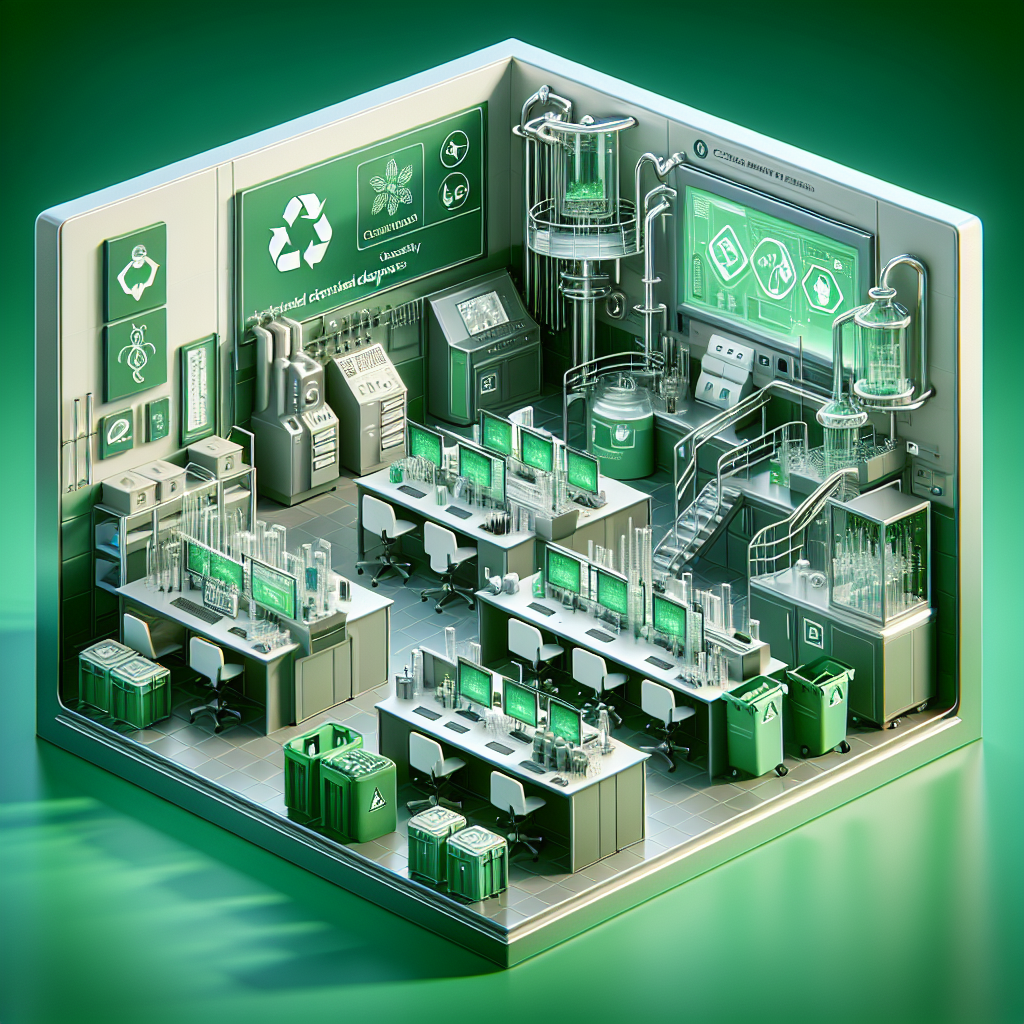Blog Ecobraz Eigre

Universities and schools: modernization of laboratories with certified disposal
Importance of Modernizing Laboratories in Educational Institutions
Universities and schools are constantly seeking to align their laboratories with technological innovations in order to provide a more efficient and safer learning environment. Modernizing laboratories not only improves the quality of teaching, but also ensures the use of up-to-date equipment, which is essential for academic and scientific development.
Challenges in Disposing of Old Equipment
With the updating of equipment comes the challenge of disposing of old and obsolete devices. Improper disposal can generate significant environmental impacts, contaminating soil, water and air due to the toxic components present in electronic equipment. In addition, prolonged storage of these materials in institutions can pose health risks to students and staff.
Certified Disposal: What It Is and Why It's Fundamental
Certified disposal ensures that electronic waste is treated and disposed of safely, in compliance with current environmental legislation. This process includes sending the equipment to authorized recyclers who follow strict protocols for recovering valuable materials and properly treating hazardous waste, minimizing environmental and social impacts.
Benefits of Modernization with Certified Disposal for Educational Institutions
- Environmental and health safety: Proper disposal of waste, avoiding contamination.
- Legal compliance: Compliance with environmental regulations avoids penalties.
- Institutional valorization: Demonstrates commitment to sustainability and social responsibility.
- Improvement of the academic environment: Modern equipment provides better learning.
- Opportunities for educational practices: Use of the disposal process as a tool for raising environmental awareness among students.
Steps for Implementing a Modernization and Certified Disposal Program
In order to modernize laboratories with certified disposal, institutions must follow some essential steps:
- Detailed inventory: List all old and obsolete equipment for disposal planning.
- Search for certified solutions: Identify service providers specializing in certified recycling.
- Budget planning: Assess costs and investments needed for modernization and disposal.
- Training and awareness: Train staff and make students aware of the importance of correct disposal.
- Execution and monitoring: Implement the replacement of equipment and monitor the certified disposal process.
Success stories in Modernization with Responsible Disposal
Various educational institutions have already adopted effective modernization programs combined with certified disposal. These examples demonstrate that it is possible to integrate technological innovation, environmental responsibility and academic development, contributing to a sustainable culture in the educational environment.
Conclusion
The modernization of laboratories in universities and schools, accompanied by the certified disposal of old equipment, is an indispensable practice for guaranteeing environmental safety, legal compliance and quality in the educational process. In addition, it reinforces the institutions' commitment to sustainability and the future of the planet.

Deixe um comentário
O seu endereço de e-mail não será publicado. Campos obrigatórios são marcados com *